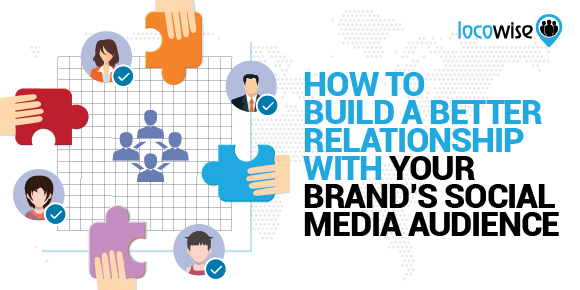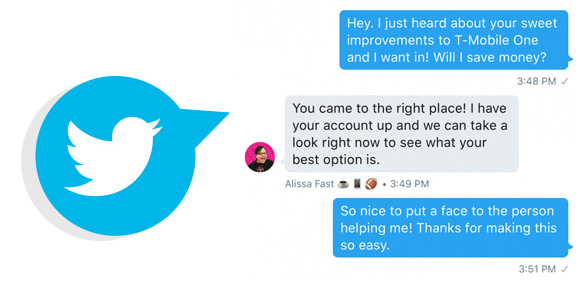How To Build A Better Relationship With Your Brand’s Social Media Audience
Sahail Ashraf posted on 11 July 2017
There is one clear aspect of social media that helps it to stand head and shoulders above the other marketing channels you may have access to.
Of course, there are lots of shiny bells and whistles and plenty of platforms to develop a presence on, but the whole thing, the whole shebang, relies upon one key factor.
That factor is engagment. If your client’s brand does not have engagement, there is literally no point in posting updates and having likes. All you’re doing is shouting into the void.
Breaking it down even further, engagement only really works if you work it. This means putting in the effort, automating what you can and working as smart as possible at all other times. Intelligence and an ear for what your customer wants pay off though.

Getting a real feel for your audience and reaching out to them in an intelligent way is what this post is about. We are going to look at how you can build in engagement at the touch points you have with your audience.
Beef up that customer service
This is where it all begins. Where customer service on social media used to be a luxury, it is now an absolute essential. Beef it up and ensure that you have a team (or even just one very capable person) monitoring the social media accounts your client has.
Every time an issue comes up from a customer, it should be responded to in minutes. We are not joking here. A complaint is almost instantly managed and made less catastrophic if it is addressed quickly and positively.
Push the discussion offline to email or phone and you are dealing with it. And don’t forget that everyone who is anyone in your audience sees complaints and how they are managed. This is engagment. It’s care. And it is now a prerequisite for any social media presence.

Work to the strengths of the brand
You’ll see it happen every now and then with brands that have their finger on the pulse. They will roll out posts that ask customers what they like the most about the product or service. There is a good reason for doing this, and it has absolutely nothing with ego. It has a lot to do with competitiveness.
When the concept of competition in business came about many, many years ago, it centered around the concept of quality. The more competition a brand has, the harder it works to improve.
Social media is the perfect place to look for ways to make your audience happy. Ask them for things they’d like to see you doing and then do these things. This gives you the competitive edge and all because you’ve carried out a little social listening.

Sentiment and why it’s important
Every brand under the sun will have its share of haters. At the same time, every brand has its raving fans too. Social media now allows you to work on both sides, and work them to your advantage.
We offer our own sentiment feature, which tells you exactly what your audience is thinking about when they think of you. Just because they’re part of your audience, it doesn’t mean that they will always like what you do.
An understanding of audience sentiment allows you to know what isn’t working with an audience as well as what kind of stuff you should be creating more of.

Once you’ve got your hands on the people that genuinely love what you do, turn them into a case study. If you’re looking at an audience member that doesn’t like your content, ask them why. It’s all about having your finger on the pulse, and sentiment scores and engagement ratings help you do this.
The industry and your client’s place in it
Social listening has another, crucial role to play in the success of a brand. Let’s say that you have a client who is in a volatile and highly competitive industry. Knowing what your audience is talking about generally is a clear win.
These people, your audience, will most likely be the early adopters of a new technology that is relevant to your client’s business. Or they may be talking about a brand new way of delivering your product that they have heard may be happening soon in your industry.
If you’re listening you will always be riding the wave of innovation, and placing yourself in exactly the right position to take advantage of industry changes. At the very least, you’ll hear about The Next Big Thing even if you aren’t quite able to deliver it yet.

Focus
Focus groups have always been an incredibly useful part of marketing. And you can ask for beta testers through social media. You know they’re a committed audience so you know that asking them to road-test new features or even an entirely new product can only be beneficial. Use the community aspect of social media on whatever platform or platforms you work on to road test your offering.
As you will notice, all of the above are ways to actually engage with an audience. This way, you communicate and you work with them to better your product, find out more about the industry, and know what your competition may be up to.
Social media is all about engagement. The hours and the work that go into fostering even more engagement pay off when your fans say you understand them, or when you make your product even better because they told you how to.
Sure, wow them with great content. But also talk to them. Show them you’re real and, most importantly, that you value their input.
In other words, work that engagement strategy.



